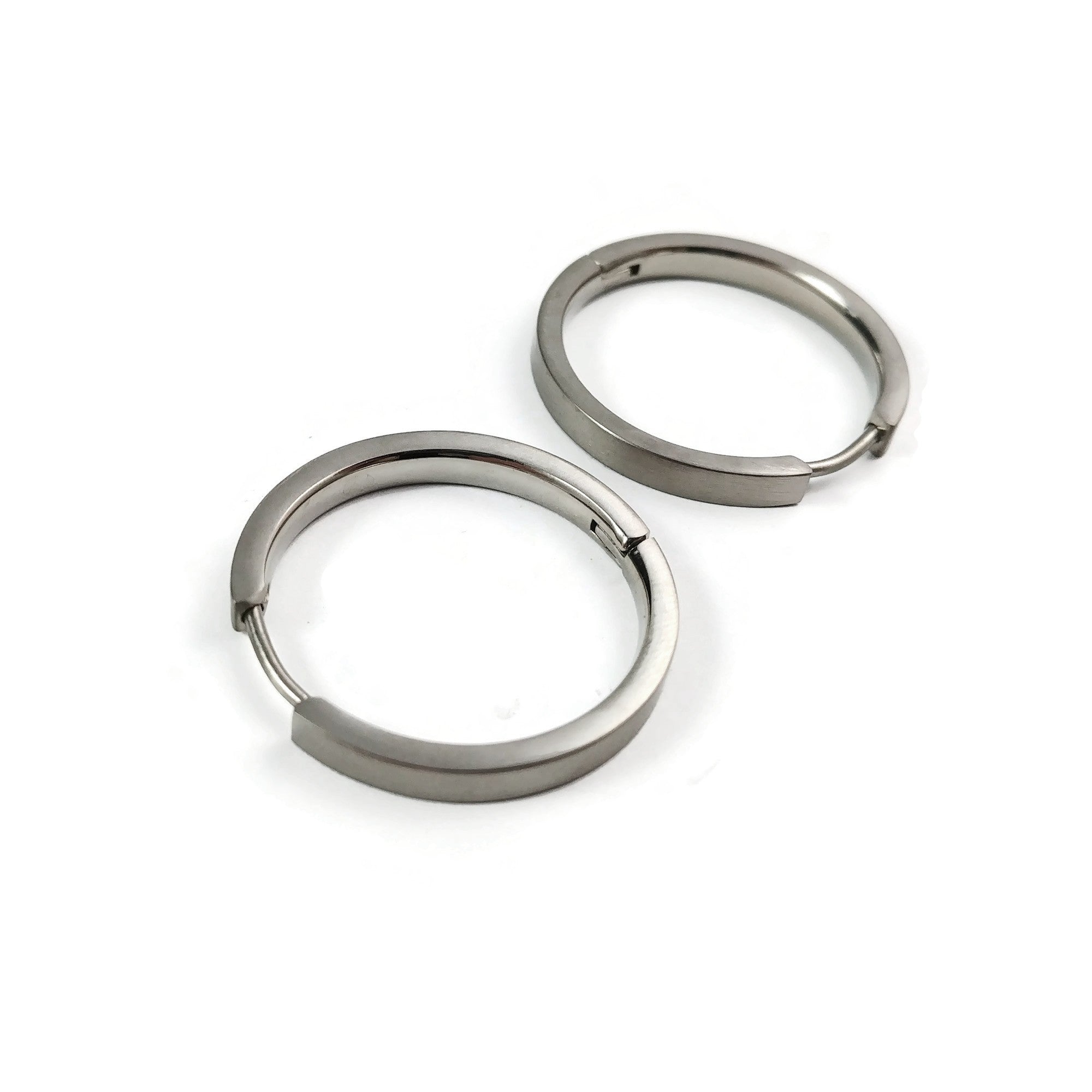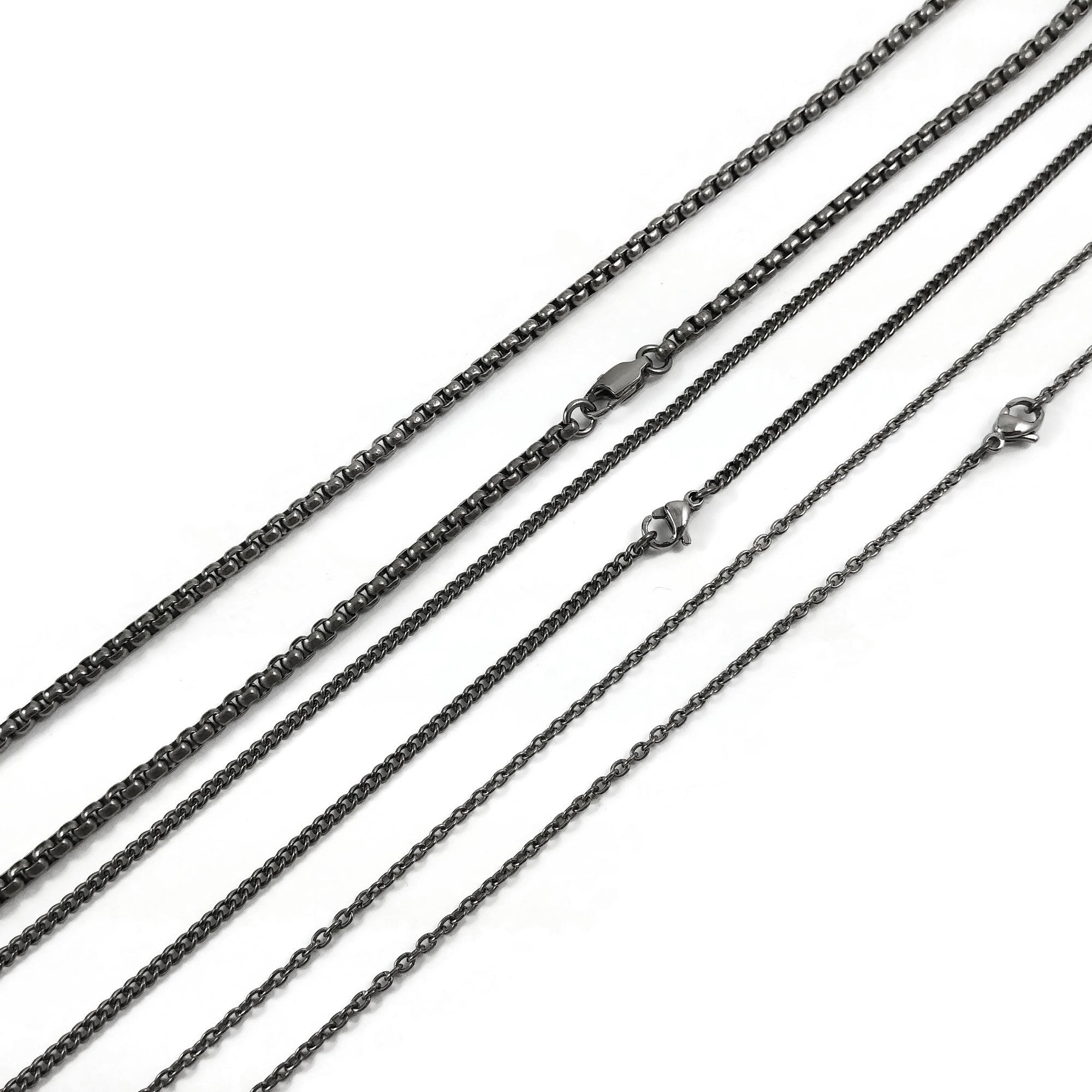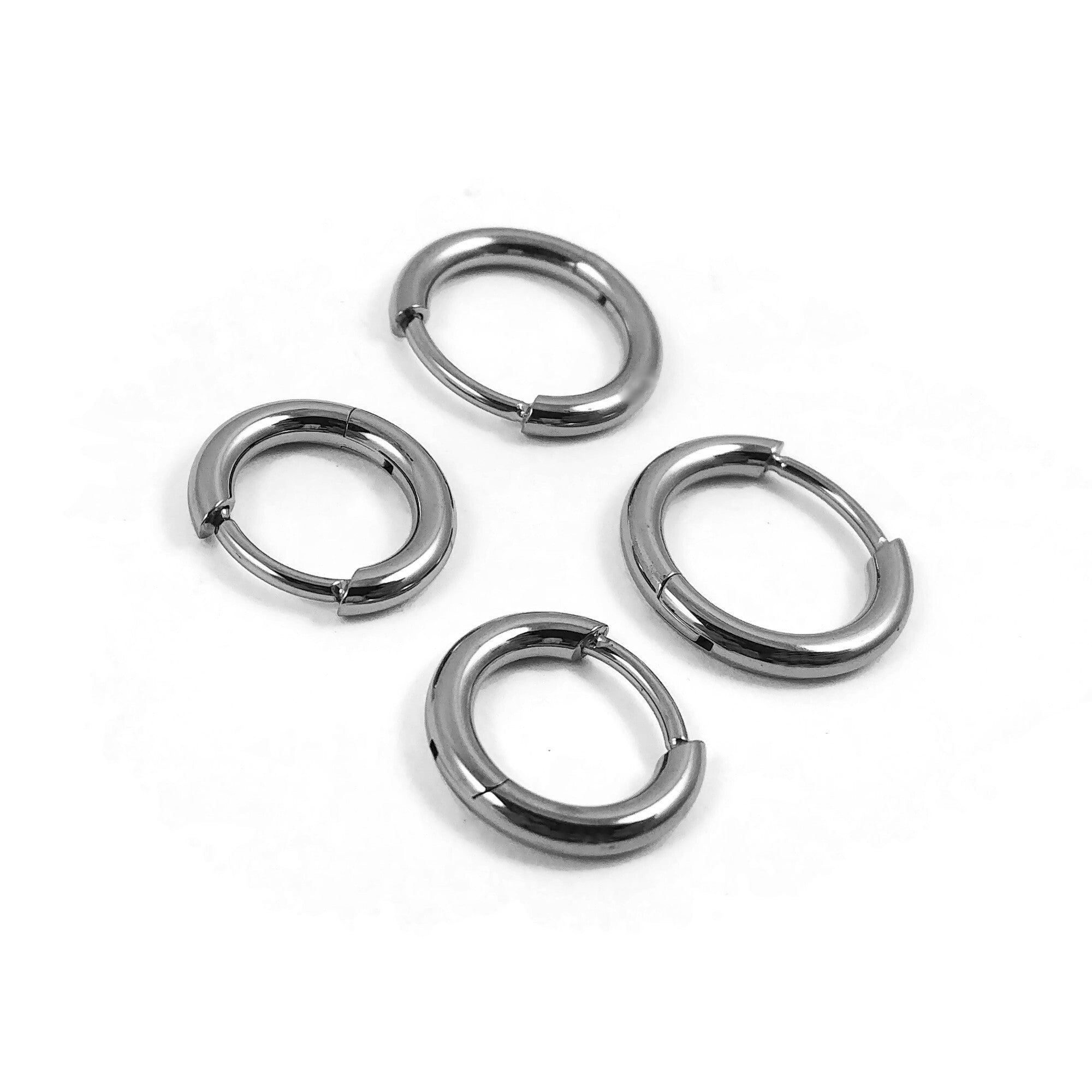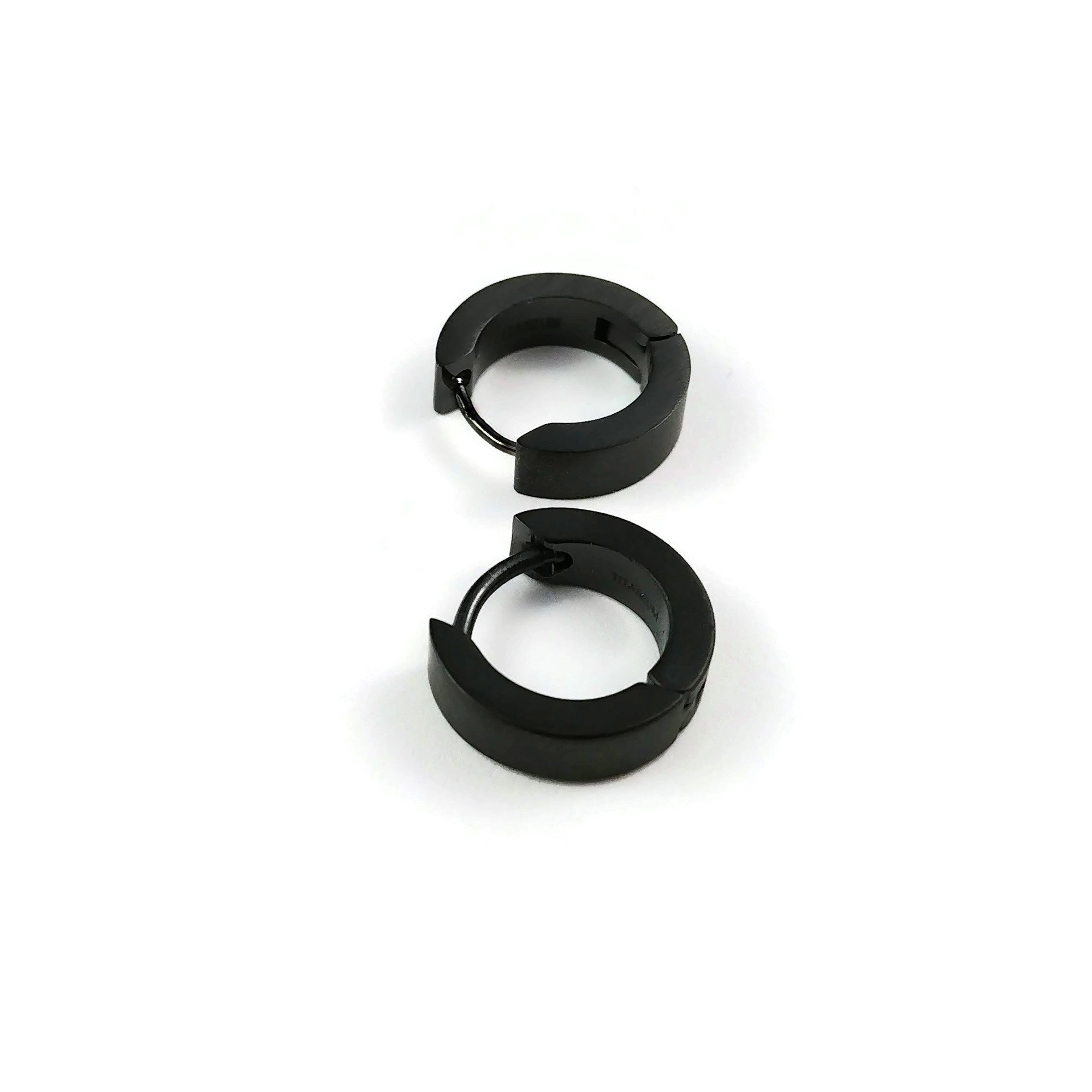Metal allergies: symptoms
Metal allergies and allergic reactions in their presence are becoming more common in the population. It seems that hypersensitivity to metals is caused by the immune system, which starts seeing metal ions as outside threats.
Symptoms of metal allergy usually occur within 24 hours of exposure to the metal. An allergic reaction is usually seen in the area of the skin that has come into contact with the metal. However, it can manifest itself on other body parts too.
Allergies often occur around a piece of jewelery (bracelet, earrings, necklace, watch . . .) or when coming in contact with metal incorporated into clothes (for example, a denim button).

The allergy can be characterized by itching, the appearance of redness, a sensation of heat, small pimples, blisters, or patches. These symptoms will not subside as long as the skin remains in contact with the metal.
Metal allergies are not to be taken lightly. Indeed, in addition to causing some itching and redness, they can go as far as causing eczema, blisters, swelling of the areas affected by the piece of jewelery and sometimes even an infection.
It is a common condition that affects 10 to 15 percent of the population. It is estimated that respectively up to 17 percent of women and 3 percent of men are allergic to nickel and that in the general population, 1–3 percent of individuals are allergic to cobalt and chromium. These metals can be found in common consumer items such as jewelery, mobile phones, and some items of clothing.
Typical sources such as watches, coins, and jewelery are easy to identify. However, there are also less obvious sources of metal in our daily lives. For example, some cosmetics and contact lens solutions may also contain metals that may trigger a reaction in the affected area.





